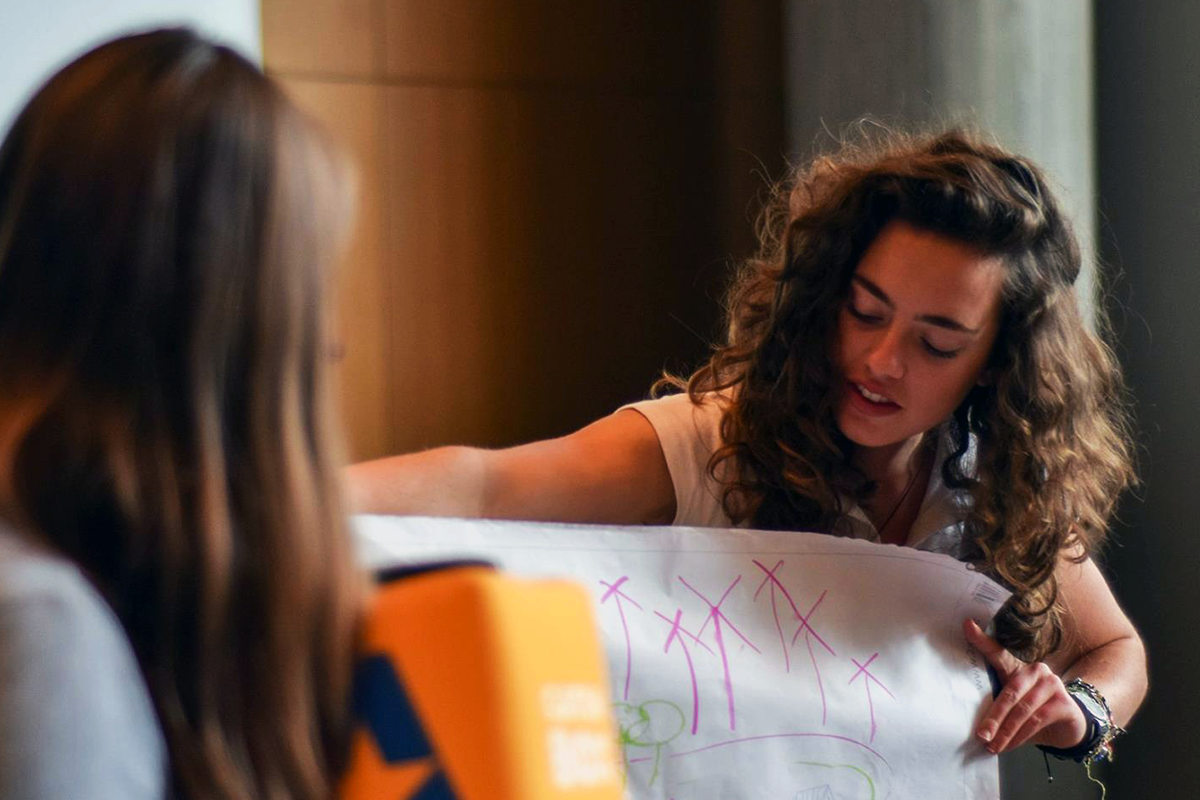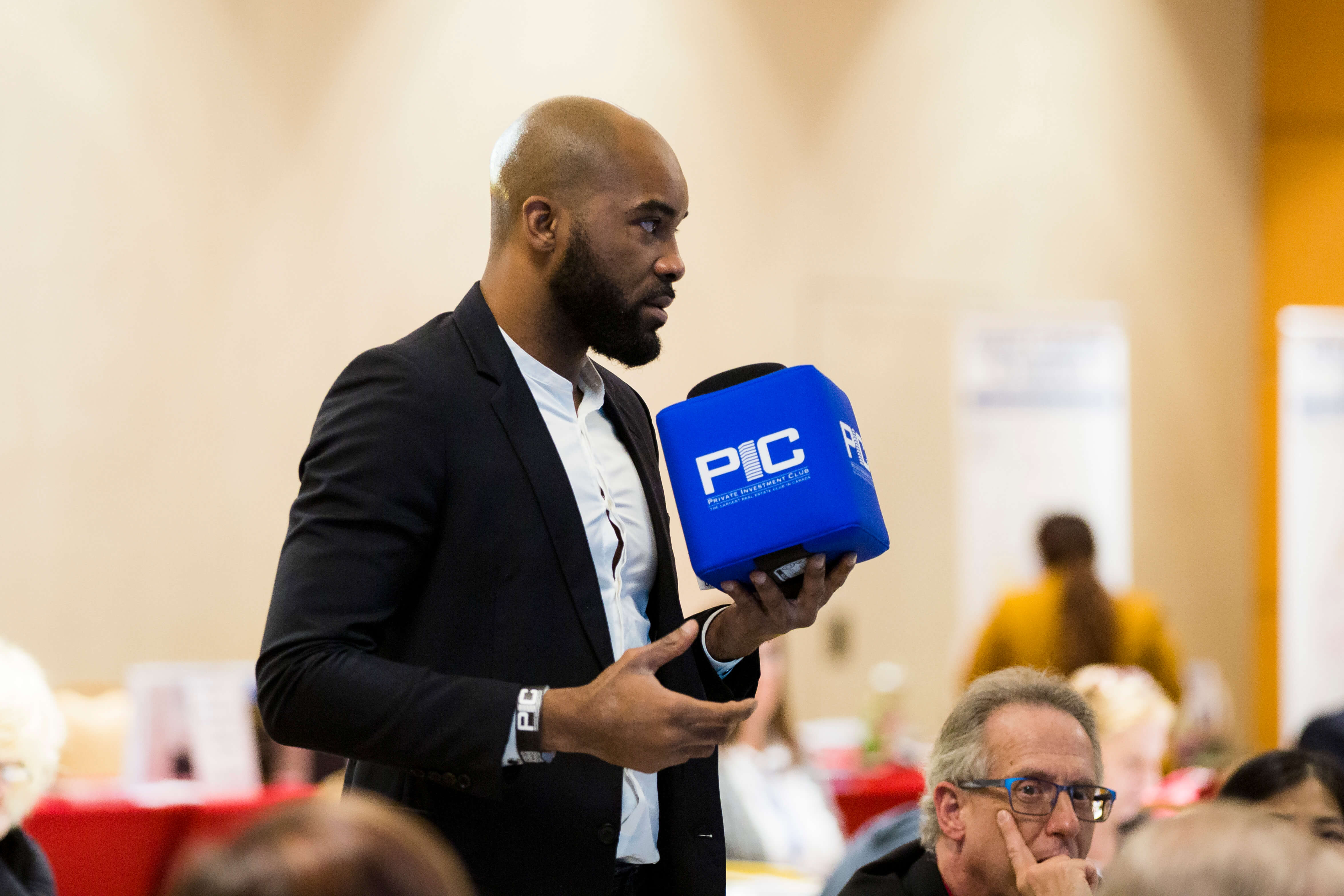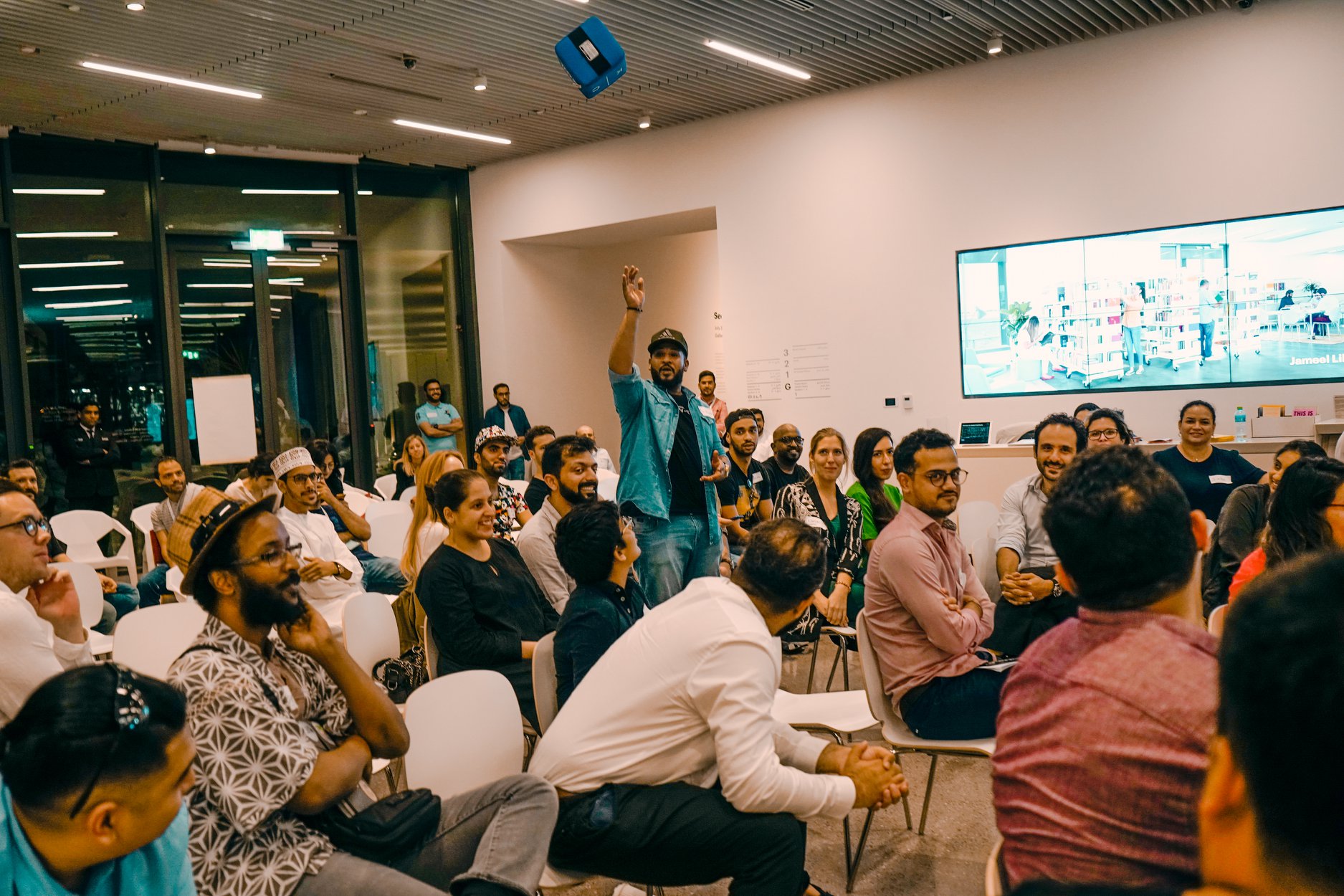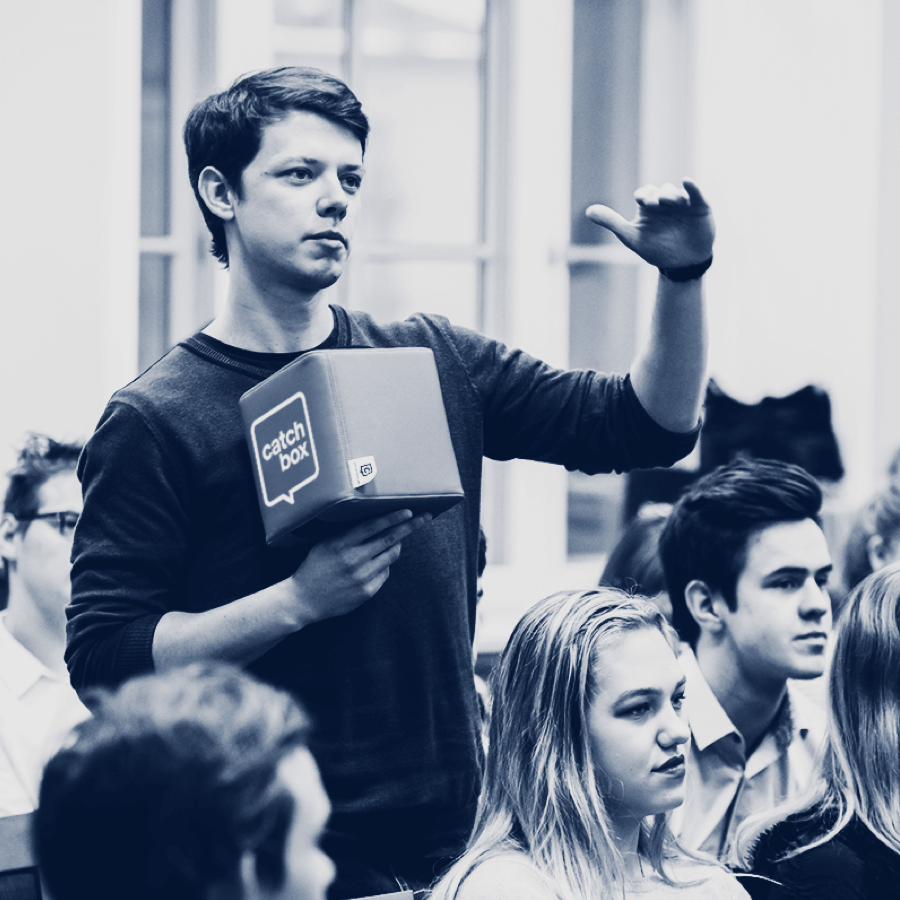Victoria University of Wellington case study
Learn why Catchbox Plus proved to be the ideal solution for hybrid teaching in over 200 rooms across campus
Victoria University of Wellington, New Zealand, is continuously exploring how technology can enhance the learning and teaching experience.
Already before the pandemic, most of the University's lecture halls were equipped with webcams, microphones, and lesson recording software to improve student engagement by eliminating the need for frantic note-taking.
This existing infrastructure allowed for a relatively painless switch to remote and ‘dual mode’ teaching once lockdowns and restrictions came into effect. However, while the tech helped improve student engagement in pre-pandemic times, it turned out to be insufficient during dual-mode sessions, as far as student-to-student communication was concerned.
In this piece, we'll explore Victoria University's AV setup and its technical nuances, the lessons they've learned over the years, and why Catchbox Plus was the missing piece that completed their setup.
How to record audience audio?
Faced with the challenge of having to capture not only the lecturer but also all in-class discussions, the university chose to make use of array microphones, which would pick up all the audio in the room. While students further away from the microphones were slightly quieter in the recordings, the audio was nonetheless intelligible.
The university opted for Acoustic Magic microphones, because of their price point and analog audio feeds.
The requirement for analog microphones came from previous experience of being burned by USB connections, which would occasionally simply stop working and need resetting. While this isn't a particularly technical or difficult challenge, it would quickly add up to a lot of overhead when working with a couple of hundred classrooms.
Everything was recorded with the lecture capture software Panopto, which made it easy to capture and manage recordings for all the classes.

Recording classes to promote student participation
Originally, Victoria University's goal was to boost student in-class engagement by recording every lesson that took place on campus. Students, knowing that they'll have access to the recording, would then be more inclined to participate, interact, and communicate during class without having to worry about writing everything down.
From lockdowns to dual-mode teaching
The pandemic meant lockdowns and lockdowns meant remote teaching. However, New Zealand's exemplary response to the crisis allowed the university to quickly return to some level of in-person attendance. At this point, the university passed a mandate permitting students to choose whether to attend in-person or participate remotely, marking a shift towards dual-mode teaching, i.e. hybrid classrooms.

A new set of audio challenges
Getting the audio right for hybrid or dual-mode teaching is one of the biggest challenges faced by schools and universities, especially when it comes to facilitating communication between in-person and remote students. This is where Victoria University's setup fell short.
Because of the different volumes at which the array microphones would pick up in-class audio, students at home found themselves constantly turning the volume up to hear their peers, only to be deafened when someone next to a microphone spoke up. And vice versa – having the microphone ramped down for good teacher volume made some in-class students too quiet to hear. As such, there was an ongoing effort in adjusting the volume.
For Zoom calls, it's best to have a microphone in front of the person speaking to avoid such scenarios and distracting background noise.
That said, the university already had a partial solution in place – handheld microphones were set up and available in the larger lecture theaters. Unfortunately, they weren't of much use because of lessons taking place in smaller classrooms due to only a fraction of students attending in person.
Why didn't the university just install these handhelds in the smaller classrooms? In their experience, students are nervous and reluctant to use them, viewing handhelds as very formal and as a hassle to pass around. Most students will favor keeping quiet over going through the trouble of getting up, collecting the microphone, and taking the spotlight.
In other words, the microphones would hurt engagement which is diametrically opposite of what Victoria University was looking to achieve by introducing technologies into the classroom.
The solution: Catchbox Plus wireless microphone system
Both pain points, namely formality and lack of mobility, were answered by introducing Catchbox Plus systems, which are now being installed in every classroom and lecture hall on the campus.
Catchbox is a throwable DECT-based wireless microphone encased in a soft material that makes it fun and safe to pass around. Plus, its unique design dispels any barrier of formality and, in turn, students are more inclined to pick the microphone up and engage in the class.
And students at home could finally hear what was happening in class.

Happy teachers, happy management team
While Catchbox can work as a plug-and-play USB solution, the university's setup was already overpopulated with USB devices, making them wary of piling more on top. As such, the AV team was particularly appreciative of the different connectivity options available with the Catchbox receiver and the inclusion of a 6.3mm - 3.5mm with a 6.3mm adapter cable. This allowed them to quickly connect the Catchbox to their audio mixers, rather than directly into the computers. They then feed a mixed signal of one or two Catchbox systems directly to the computers using Panopto lecture capture software.
The sheer scale of deploying a Catchbox to each of the hundreds of classrooms posed a challenge, however, the process is straightforward allowing the AV team to manage the setup internally, without outside assistance.
The teachers are also pleased since the Catchbox adds no extra overhead for their setup. Given the scale of their complex technical setup, the university's AV team put a lot of effort into minimizing the amount of time it takes for educators to get started with a class, ultimately bringing everything together with a single launch panel that starts every piece of kit at the press of a button. Catchbox fit right into their setup – a key factor for their uptake.
For teachers, that made it instantly usable—no turning on, no messing with sound settings, no software configuration—just pick it up and start teaching.
Catchbox plays well with others
Victoria University Wellington uses Catchbox PLUS, which utilizes Digital Enhanced Cordless Telecommunications (DECT) Technology. A lot of universities with similarly expansive audio setups have had trouble with overlapping DECT frequencies, where sometimes a microphone would be dead on pickup because, for example, no frequencies are available. Universities will often have to involve manufacturers, as they don't have the visibility to fix such issues themselves.
Even with, for example, 18 active microphones in a single lecture hall, Victoria University had no such crosstalk issues with Catchbox. Many of the University's teaching spaces utilize other DECT devices from manufacturers such as Sennheiser.
Final remarks
The Catchbox has unlocked peer-to-peer communication in Victoria University's classrooms, without adding any overhead for the educators.
It was also received positively by the AV team, which found the setup straightforward and easy to integrate with the numerous tools already in place. The various connectivity options allowed them to easily adapt the Catchbox to their requirements and preferences.
Special thanks goes out to Catchbox partner Showtechnix, who helped to facilitate this installation, and to the team at Victoria University of Wellington, who have allowed us to share their story with our commmunity.

Catchbox Plus
The solution for your institution
Catchbox Plus helped to transform dual-mode teaching across Victoria University of Wellington's vast number of classrooms. See how this flexible two channel microphone system can help you solve hybrid teaching headaches in your learning spaces.